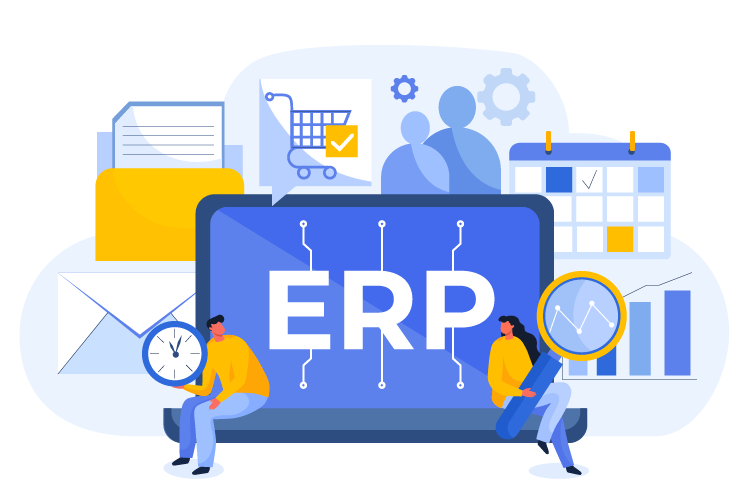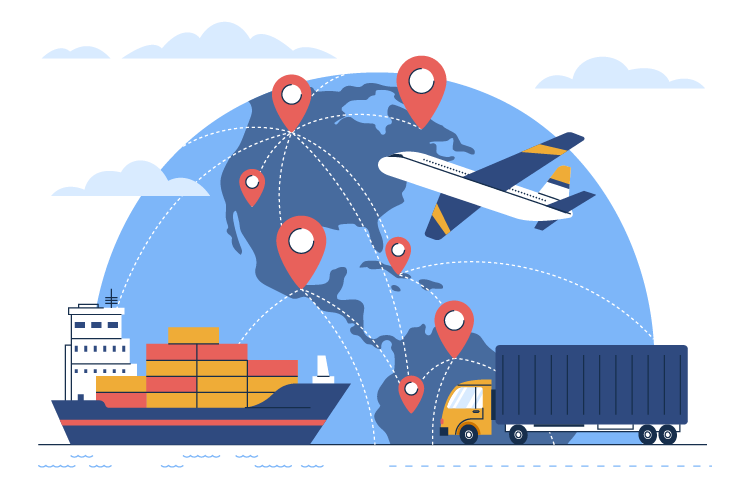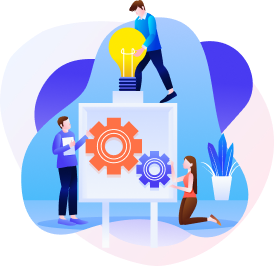
Enterprise Resource Planning
BusinessCompanies outgrowing or modernizing their existing systems might be exploring a new ERP. The other drivers for implementing an ERP could be consolidating the existing system footprint or the acquisitions resulting in data siloes. These companies may go through a selection process before selecting an ERP or may jump into the implementation directly, depending on the project’s complexity.
View Detail


